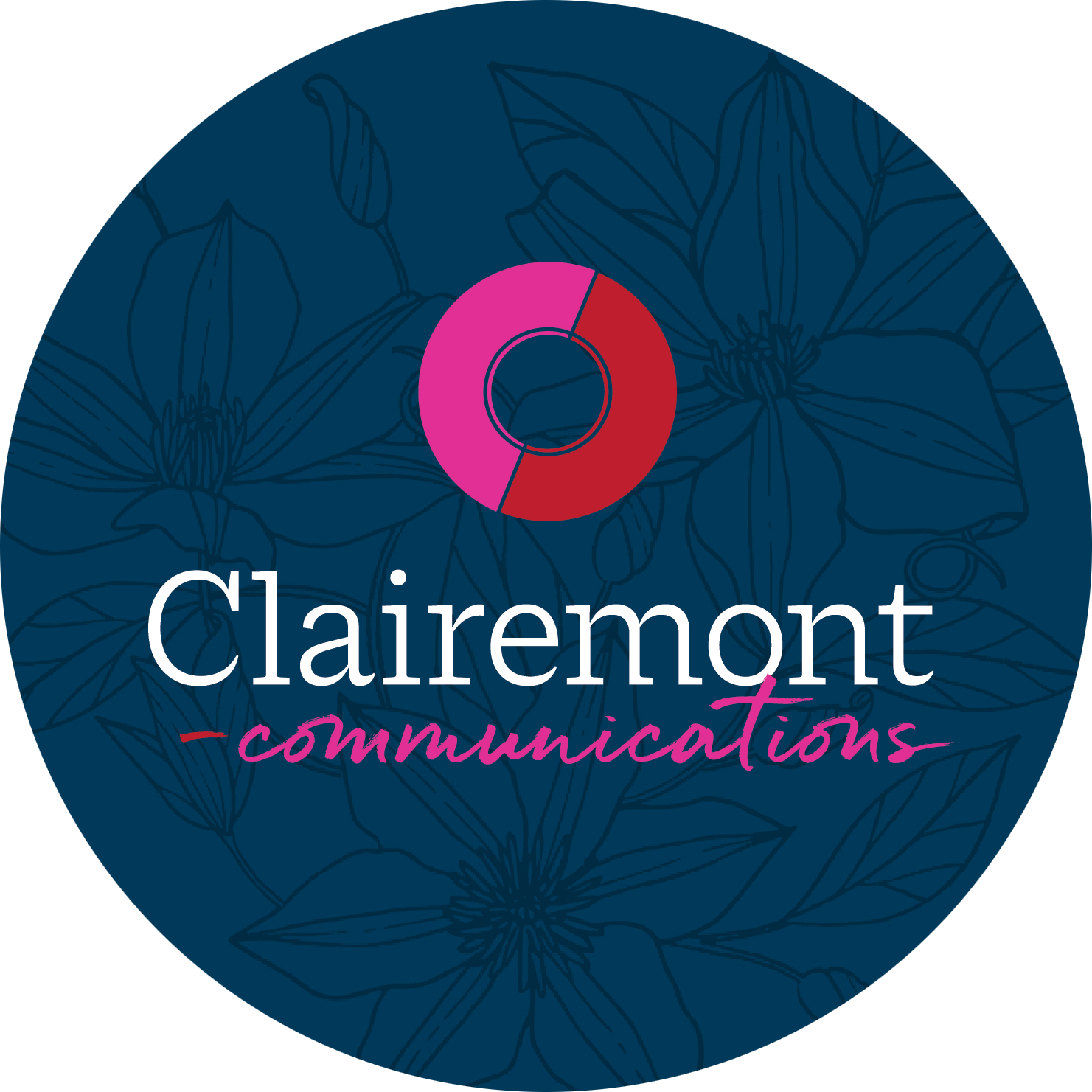Ten seconds.
That is all you have to grab the attention of a website visitor and convince them that your content is what they need. And 70 percent of people who leave your page halfway through will not return. Bottom line: in addition to design, website copy has no room for error. It must be informative and magnetic.
So where to begin? With these five golden rules for writing web copy.
1. Thou shalt know thy audience.
This the first cardinal rule in any marketing strategy, and it applies whole-hog here. Sixty-eight percent of users say if they don’t find what they want right away on a mobile site, they move to another website. Specifically identify what your audience is seeking on your landing page and ensure this information is easily found in the top few lines. This may differ with things like targeted campaigns for a certain buyer segment as well.
2. Thou shalt make all things skimmable.
First, stats.
- According to HubSpot, 43 percent of people admit to skimming blog posts.
- While 80 percent will pause to read a headline, only 20 percent will pause to read the rest.

Use the good ‘ole inverted pyramid to include the must-know information at the top of the page to show your reader that this page contains the info they need … (and entice them to read more). Employ headlines, bold text (as appropriate within your design and style guidelines), short paragraphs and phrases that lend themselves to “skimmability.”
3. Blessed are the brief, for they shall be heard again.
Related to Golden Rule #2. Write like you would speak: relatable phrases rather than lengthy jargon-packed paragraphs. Oh, and PS: good grammar actually matters to the reader. And in the spirit of brevity, that’s all I’ll say.
4. Thou shalt focus on the reader.
According to Maslow’s Hierarchy of Needs, self-esteem is near the top. Cast the spotlight on your customer by using “you” words; rather than “we the company can” or “I the consultant will,” say things like “you will … you can … imagine yourself.” Pepper the copy with messages that point to the reader’s success and completion of the goal that is driving them to your website.
5. Thou shalt call thy people to action.
Each page, blog or post should end with a call to action (CTA) that is commensurate with the readers’ journey. Are they ready for more information, tips or a download guide? Ready in the buying cycle to contact a rep, make an appointment, add an item to their carts? Visit a social media page to learn more about an event?

Copy should include strong conversion words that eliminate the sense of risk and provide a sense of assured success, like “risk-free,” “everything you need” to show all-inclusive features. ThriveHive offers some great advice for tailored action words.
Looking for some help? We got your back on this one.



